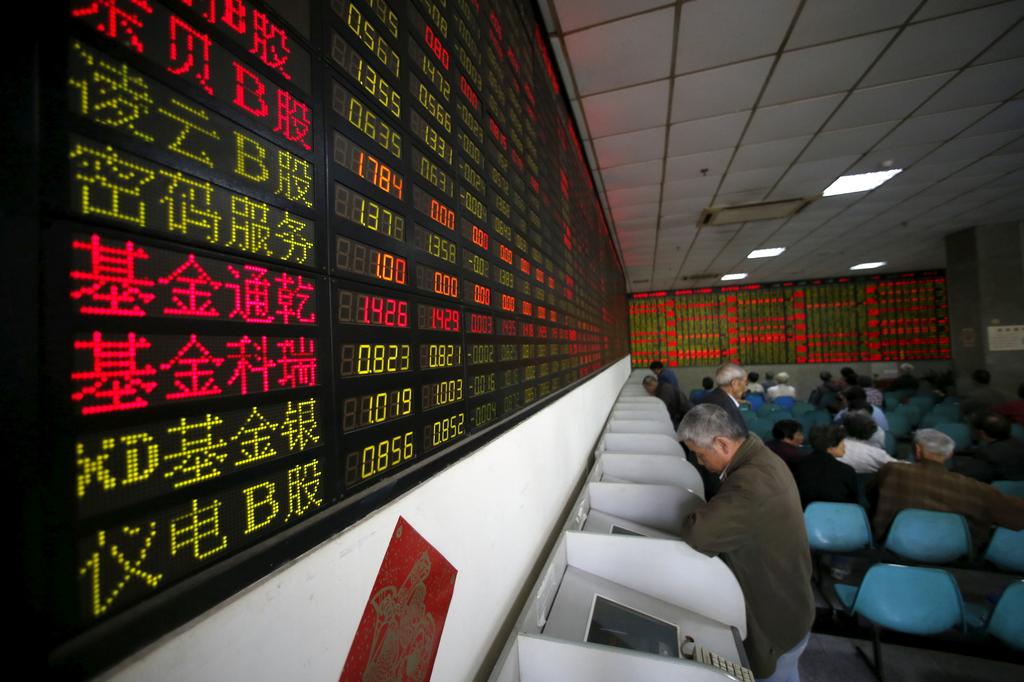(ATF) China has the world’s second largest economy, which managed to grow in 2020 despite the impact of the Covid-19 pandemic. China also has the second largest global equity market and fixed income market. Chinese stocks outperformed global equities in 2020. Yet even with these facts, foreign investors remain structurally under-exposed to China’s asset markets.
China has liberalized its capital markets quickly.
Much has changed from the opening of the Shanghai and Shenzhen exchanges in 1990. Progress was slow until the Renminbi Qualified Foreign Institutional Investor (RQFII) program was introduced in 2011. The subsequent decade has seen Stock Connect introduced in 2014, further currency liberalization in 2015, then Bond Connect in 2017. And in 2019 and 2020, limits were further removed and access to foreign investors improved.
Liberalization has increased access to investors.
China has been included in key global equity benchmark indexes since the introduction and expansion of the HK-Shanghai and HK-Shenzhen Stock Connect programs. But foreign ownership of Chinese equities remains limited. Foreign investors only hold about 3% of the Chinese A-share market.
We observe Chinese equities have higher excess returns relative to developed markets as volatility remains elevated. Global participation is low – because many investors have avoided exposure and many traditional Emerging Market managers lack sufficient expertise to skillfully navigate China’s equity markets.
We expect this to change as Chinese assets become larger components of passive indexes and as accessibility continues to improve. Chinese securities have a low correlation with global markets, so can provide good diversification to portfolios. We think these assets will offer important diversification and alpha opportunities for investors.
Foreign investors are chronically underexposed to China’s onshore bond market.
China’s onshore bond market is the second largest globally after the US. More than $13 trillion is on issue. Foreign ownership of Chinese government bonds has grown significantly since the opening of the market, but still only reached 9.2% by late 2020. And foreign ownership of the nation’s total bond market is just 2.4%.
This is very limited compared with foreign ownership of Japan’s bond market at around 12%, or the US at around 28%. Emerging markets including Indonesia and Malaysia also have significantly higher foreign ownership of their bond markets.
A legacy of limited credible information, few appropriate benchmarks and difficulty in investing via index or ETFs is a key reason for the low exposure. This is starting to change as the market increasingly opens to an international investor base.
Investor demand will rise
We expect investor demand will increase as awareness of the diversification and alpha opportunities grows. With a low or negative interest rates in vast parts of the developed fixed income market, the depth of the market and the yield on offer in China saw the mainland Chinese bond market act as a safe haven during the worst of the coronavirus volatility.
The opportunity for investors is diversification and “alpha”.
We think China will be an increasingly important source of equity and bond diversification and “alpha” for investors over the medium-term. We expect foreign ownership will grow with the recent development of credible benchmarks and investible indexes for Chinese assets. Investors that have no exposure to China will be giving up a source of potential return, or taking a significant active risk relative to the benchmark.
Make China exposure a conscious decision, not an unintended omission.
Further liberalization expected
We think many investors will need to rethink their China strategy over the coming five years. We expect further liberalization and increased access to foreign investors. We think that investors that have a clear investment philosophy and process relating to Chinese investments will benefit from those developments.
For asset owners and investors, that means reviewing exposures (or lack thereof) to China. A 0% exposure may be appropriate for some investors. For other investors, zero exposure could represent a big active bet that could forego significant alpha generation. We think this decision should be made within a clear governance and investment framework, against a credible and investible benchmark.
China’s asset markets are ripe for ‘alpha’ generation.
We think local experience and language barriers are important in consistently generating excess returns from Chinese assets. Having a clear, credible benchmark is important for assessing those excess returns.
We expect the next five years will be a critical period for global investors in harvesting those excess returns across China’s bond and equity market. And the point is this. As we begin the Year of the Ox, the time is right to add Chinese assets to your investment opportunity set.
























